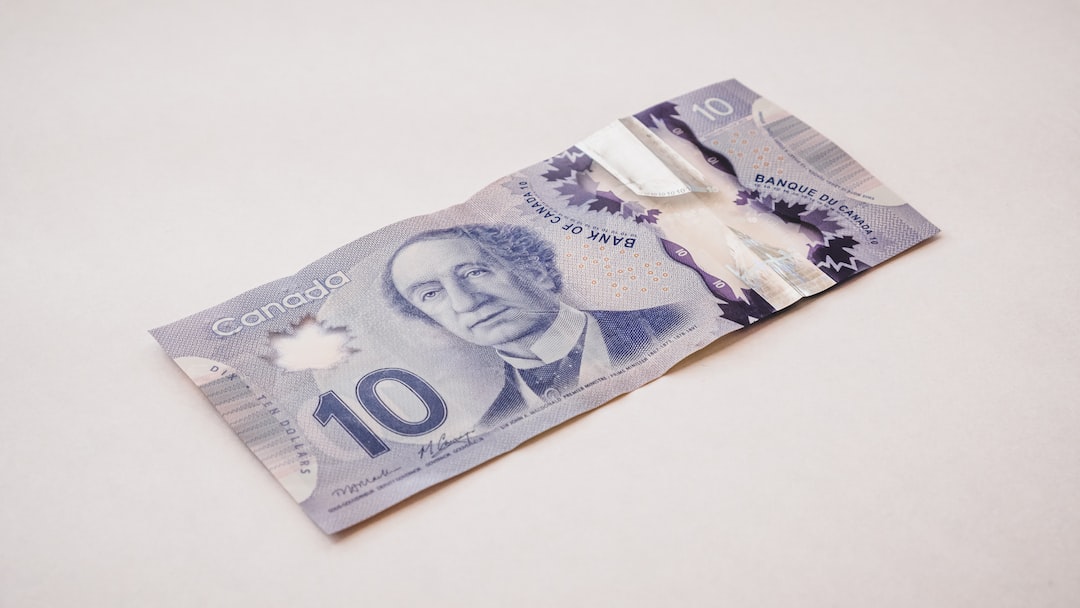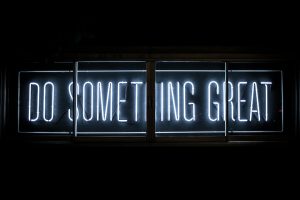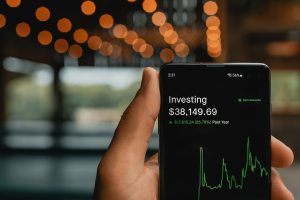Forex or foreign exchange is the largest financial market in the world, with an average daily trading volume of over $5 trillion. It is a decentralized market where currencies are traded 24 hours a day, five days a week. Forex traders use various instruments to participate in this market, including currency pairs, futures, options, and contracts for difference (CFDs). In this article, we will explain each of these instruments in detail.
Currency Pairs:
Currency pairs are the most basic instrument used in forex trading. They represent the exchange rate between two currencies. The first currency in the pair is called the base currency, and the second currency is called the quote currency. For example, in the EUR/USD currency pair, the euro is the base currency, and the US dollar is the quote currency. The exchange rate between these two currencies represents how much of the quote currency is required to buy one unit of the base currency.
Futures:
Futures are contracts that obligate the buyer to purchase a specific currency at a predetermined price and date in the future. The buyer of a futures contract is required to pay a margin, which is a percentage of the total contract value, to the seller. Futures contracts are traded on exchanges, and the price is determined by supply and demand. Futures contracts are popular among institutional traders because they allow them to hedge their currency risk.
Options:
Options are similar to futures contracts, but they give the buyer the right, not the obligation, to buy or sell a specific currency at a predetermined price and date in the future. The buyer of an option pays a premium to the seller, which is the price of the option. Options can be used to hedge currency risk or to speculate on the direction of currency prices. There are two types of options: call options and put options. A call option gives the buyer the right to buy a currency at a predetermined price, while a put option gives the buyer the right to sell a currency at a predetermined price.
Contracts for Difference (CFDs):
CFDs are financial instruments that allow traders to speculate on the price movements of currencies without actually owning the underlying currency. CFDs are traded on margin, which means that traders can control a larger position with a smaller amount of capital. CFDs can be used to hedge currency risk or to speculate on the direction of currency prices. CFDs are popular among retail traders because they offer high leverage and the ability to trade on a wide range of markets.
Conclusion:
Forex trading offers traders a wide range of instruments to participate in the world’s largest financial market. Each instrument has its own characteristics and risks, and traders should carefully consider their trading objectives and risk tolerance before choosing an instrument. Currency pairs are the most basic instrument used in forex trading, while futures, options, and CFDs offer traders more advanced trading strategies. Regardless of the instrument used, traders should always develop a trading plan and manage their risk carefully to maximize their chances of success in the forex market.





